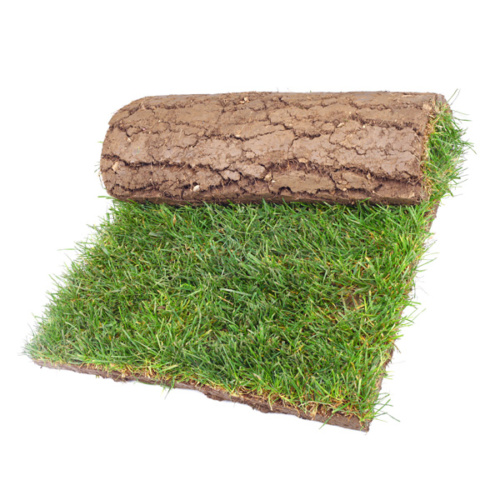

Keep weeds out and moisture in by putting down a good layer of grass clippings around your plants and shrubs. Plus, this mulch is much easier on the back when it comes to moving it around. No need to pick up mulch at the garden center when you can cut your own. The lawnmowing go for a bit and you know you’re going to be faced with grassĬlippings that are lengthy and abundant, read on for more disposal ideas. Thing you can do for your lawn as well as the easiest. If you’ve got a few spots where the clippings are especially thick, rake them out a bit so they decompose quicker. Months of the summer when your grass is likely to turn brown. The myth that thatch (a layer of undecomposed organic matter between your grass and the soil) is caused by leaving clippings on your lawn, is simply that, a myth.Īccording to the good folks at the University of Minnesota Extension thatch is caused by factors like not mowing enough, over-fertilization using nitrogen fertilizers, and overly vigorous types of grass.Ĭlippings on your lawn also helps it to retain moisture during the hottest Nutrients like phosphorus, nitrogen, and potassium get put right back where they are needed, and you don’t have to do any special spraying or sprinkling with fertilizers. Relax and Let it BeĬlippings an inch or less long will quickly decompose and fertilize your lawn while they do it. The first thing you can do with your grass clippings. Yeah, that sounds like a much better use of my time.

I can think of loads of better things to do with my time than bagging up cut grass just to throw it away.įor instance, sitting on the back porch sipping a cool gin and tonic and admiring my freshly mown lawn, clippings and all. Let’s just put aside the incredible amount of waste here for a moment.Īs a self-proclaimed lazy gardener this is mind boggling to me. The good ol’ EPA estimated that in 2015, we generated 34.7 million tons of yard waste, approximately half of which was grass clippings. Let your grass grow until it gets relatively high, but not so tall that it’s difficult to mow or causes your neighbors to complain.While I can’t help you with mowing the lawn, I can help you figure out what to do with all of those grass clippings once you’re finished.įavorite podcast, put on your sunhat and fire up the lawnmower, we’ve got workĬlippings Lawn cuttings ready for composting as green waste. Long grass blades have more leaf surface exposed to sunlight and tall grass provides shade for the soil that prevents water from evaporating too quickly. Tall grass is healthier than short grass.

Use enough water to thoroughly irrigate the lawn and allow moisture to soak into the soil. Water the lawn infrequently (when the grass is pale green and doesn’t immediately spring back up after you walk on it). Let the grass grow deep roots to avoid thatch.

Spreading cut grass could introduce the problem to other parts of the lawn that might not currently be affected. Another option is to use a mulch mower to cut grass into smaller pieces.ĭon’t recycle grass clippings if you see signs of disease in your lawn. If the pieces of grass are long, you can use a rake to spread them across the lawn. They should gradually settle down to soil level over a period of several hours and then start to decompose. When you trim the grass, in most cases, you can simply leave the clippings lying on top. Then lower the mower blade and mow again in a different direction until the grass is the desired height. If the grass is tall and you would have to cut off more than one-third to get it to the desired height, start by cutting off less than a third. A dull blade will tear the grass, which can make it prone to disease.ĭon’t cut more than a third of the grass’s total height at one time. Before you start, make sure the lawnmower’s blade is sharp.
#DISPOSING OF GRASS CLIPPINGS HOW TO#
How to Cut Your Grass and Recycle Clippings Recycling cut grass can reduce the amount of waste going into landfills. Much of the waste in landfills is organic material that comes from landscaping.


 0 kommentar(er)
0 kommentar(er)
